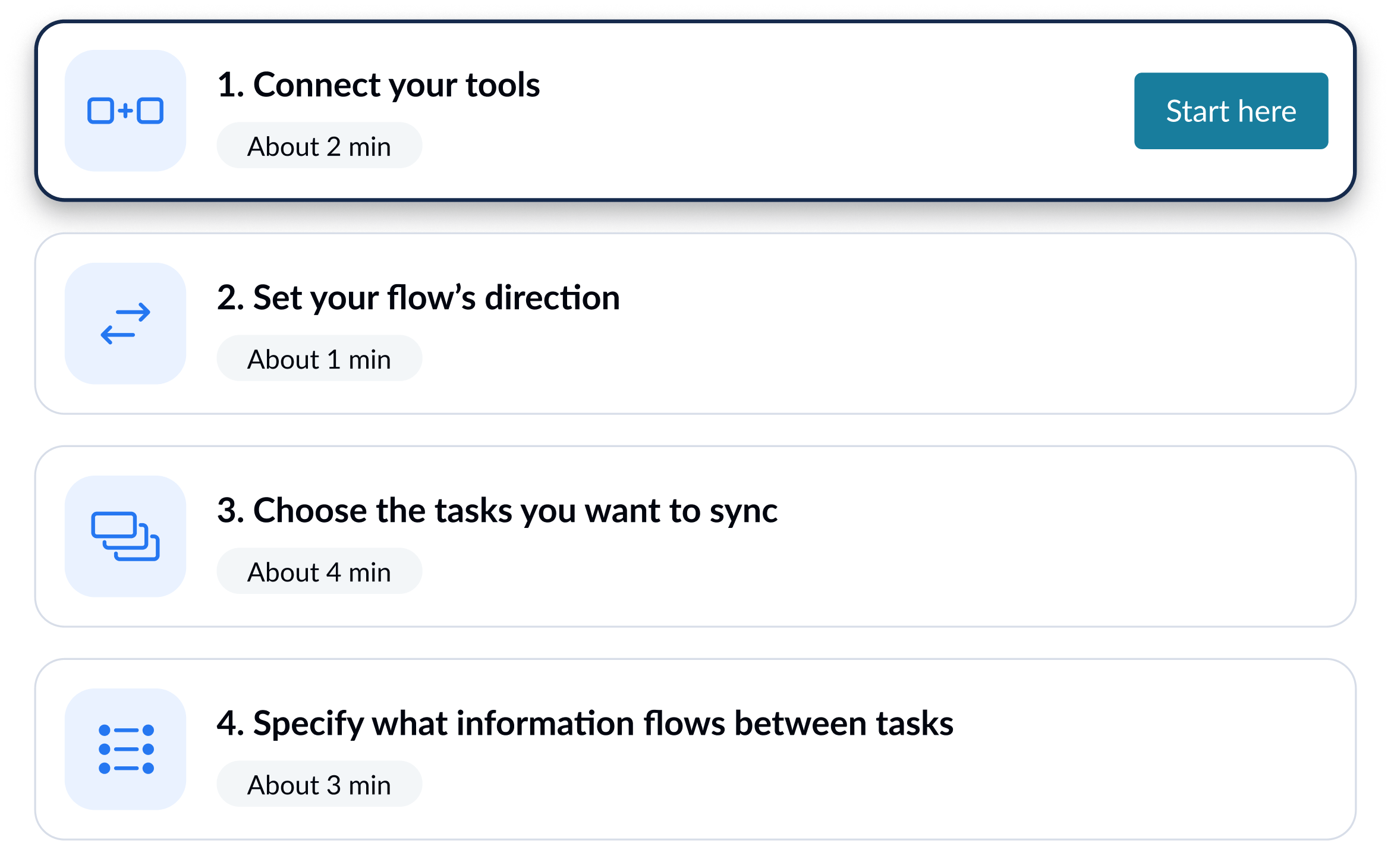Wrike Asana Integration
Keep Wrike and Asana in sync with Unito
Unito integrations are quick to set up, easy to configure, and require zero code.
Sync Wrike and Asana in minutes
Integrate Wrike + Asana with powerful features
Live sync
Receive new data and updates from your tools in real-time.
Rules
Use flexible rules to determine what gets synced between tools.
Historical data
Choose to sync data going back weeks, months and even years with one click.
2-way
Share data back and forth between tools-without risk of duplicates or an infinite loop.
Field mapping
Link related fields between tools, including comments, assignees, and attachments.
Enterprise security
Unito is SOC 2 Type 2 certified with strict security measures to protect customer data.
Wrike and Asana integration details
The Trello Jira integration by Unito seamlessly connects your project management with agile development processes, ensuring that Trello cards and Jira issues are synchronized for optimal collaboration and efficiency. This integration facilitates a harmonious workflow between teams, allowing for real-time updates and ensuring that everyone is aligned on project progress and priorities. It's a game-changer for teams looking to streamline their processes and enhance productivity.
About Wrike
Wrike helps teams organize, track, and manage their work from a centralized workspace to store and share documents, assign tasks and assignments, monitor progress, create reports, and oversee team communications.
Learn more about Unito's Wrike integrationsAbout Asana
Countless organizations use Asana to collaborate, chat, and carry out squad objectives. This popular work management program is built to assist teams of any size with everyday duties, large-scale initiatives and projects.
Learn more about Unito's Asana integrations





